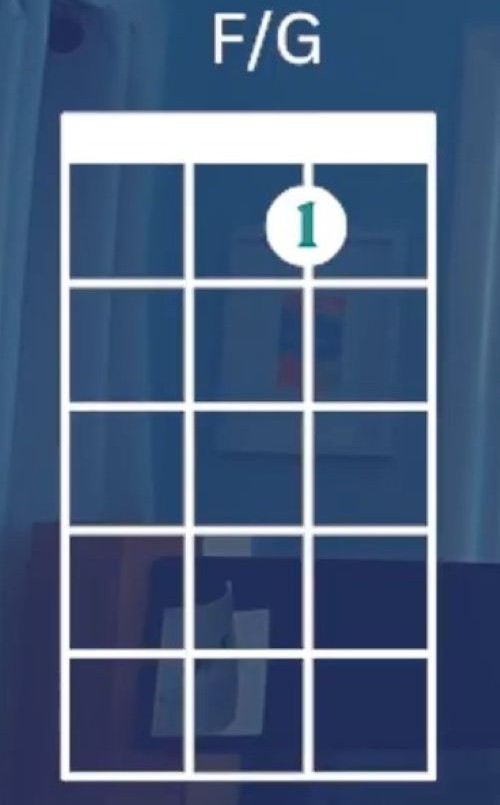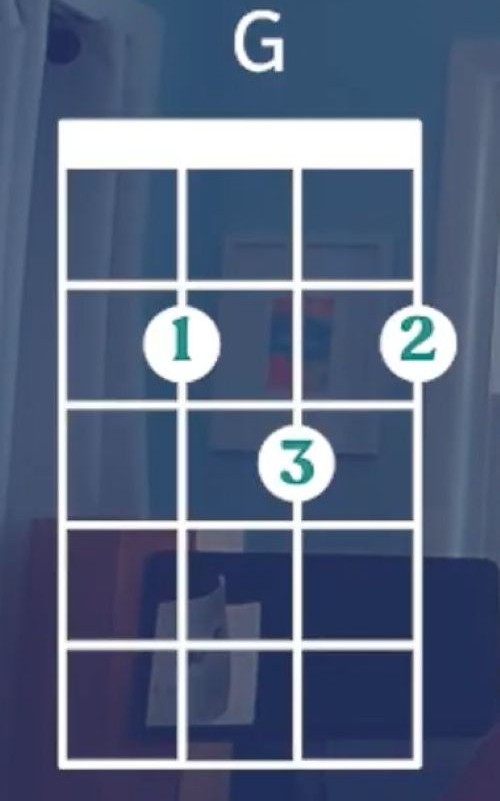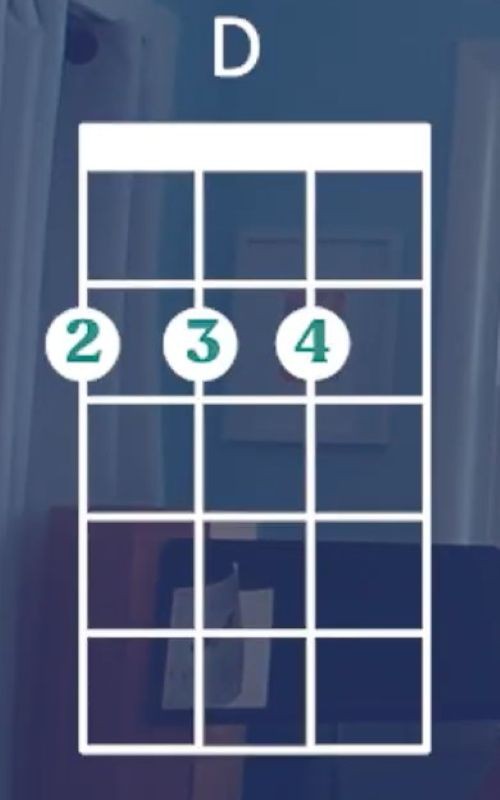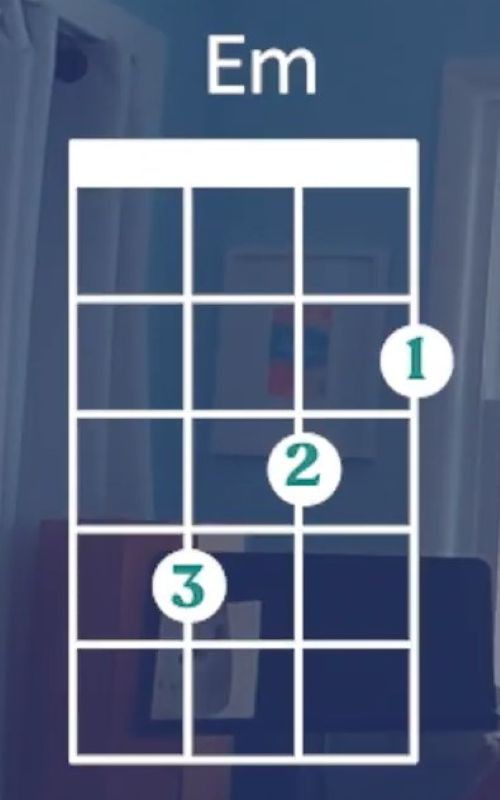One common misconception about string instruments is that they are all hard to learn, and this tutorial about ukulele chords for beginners will debunk that.
Hi ukulele enthusiasts, John here. Welcome to this comprehensive guide on ukulele chords for beginners! If you’re new to the ukulele, this article will walk you through the easiest chords to get started with, transition to more complex ones, provide tips for playing them effectively, and suggest some fun songs to practice. Grab your ukulele, and let’s get started!
Getting Started with Ukulele Chords for Beginners
Before diving in, let’s cover some basics:
- Strings and Frets: When describing chords, we use numbers like “0-0-0-1”. This refers to the frets on the four strings, from top (G) to bottom (A). A “0” means we play the string open, while other numbers indicate the fret to press.
- Finger Placement: Use your fingertips and press the string down firmly but gently. Keep your thumb on the back of the neck for support.
Your First Uke Chords – One-Finger Chords
1. C7 (0-0-0-1)

Tip: If it sounds muted, press down just enough for the string to ring clearly.
2. F/G (0-0-1-0) – The “F-ish” Chord

Tips for Switching Between Chords
As you progress, chord transitions will become faster. Start by practicing slow switches between C7 and F. Use this technique:
- Rock and Roll Motion: When switching from C7 to F, pivot your finger instead of lifting it entirely. The minimal movement ensures smoother transitions.
Beginner Songs with Just One-Finger Ukulele Chords
Here are some classic songs you can play using just C7 and F. The order is from the simplest to a little more difficult, which only means you will have faster switches between the chords.
- Singing in the Rain
- Ain’t Gonna Rain No More
- Jambalaya
- Down in the Valley
- He’s Got the Whole World in His Hands
- Achy Breaky Heart
- Buffalo Gals
- Mary Had a Little Lamb
- Three Blind Mice
- This Old Man
- Clementine
Moving on to Two-Finger Ukulele Chords
Once you’ve mastered the basics, try adding more complex chords:
1. G6 (0-2-0-2) – The Swiss Army Knife

2. D7 (2-0-2-0) – The Hawaiian D7

3. Dm/G or Dm11 (0-2-1-0) – The colorful version of Dm

4. A (2-1-0-0)

Songs to Try:
- Aloha ‘Oe – Mix G6, D7, and open strings C6 (no fingers) for a beautiful melody
- Fever – Use this version of Dm and then move that up the elevator to get to A chord.
Adding Three-Finger Ukulele Chords
When you’re ready for a challenge, incorporate three-finger chords into your repertoire:
1. G7 (0-2-1-2)

2. G (0-2-3-2) – Vanilla version of G7

3. E7 (1-2-0-2)

4. D (2-2-2-0)

5. Em (0-4-3-2)

6. B7 (4-3-2-0)

Songs to Try:
- Over the Rainbow – Uses chords E7 and Em.
- Fever – Besides Dm and A under the two-finger chords earlier, we can also use Em and B7.
- You Dropped a Bomb On Me – Use E7 as the starting chord, and then we go to D after
- Singin’ in the Rain – From the easy F and C7, replace those with G and D
Ukulele Strumming Techniques
Your strumming hand plays a crucial role in creating rhythm and dynamics. Here are some beginner tips:
- Use your pointer finger to strum down where the bridge meets the body for the best sound.
- Experiment with your thumb for a softer tone, but avoid overstrumming to prevent discomfort.

Practice and Progress
Learning the ukulele is all about consistent practice. Start with one-finger chords, move to two-finger chords, and gradually incorporate three-finger chords. Experiment with songs, strumming patterns, and rhythms to make your practice sessions enjoyable.
Remember: Everyone’s learning pace is different, so be patient with yourself. Celebrate small victories along the way!
Wrapping Up
Now that you have the tools and techniques, it’s time to grab your ukulele and have fun exploring these beginner-friendly chords and songs. Happy strumming!

John Allnutt
Writer & Ukulele TeacherJohn has been teaching music since 2008 and resides in Richmond, Kentucky with his wife Laura and dog Sam. In his spare time he enjoys growing and cooking food, roasting coffee, playing board games, and spreading joy through playing and teaching music.





